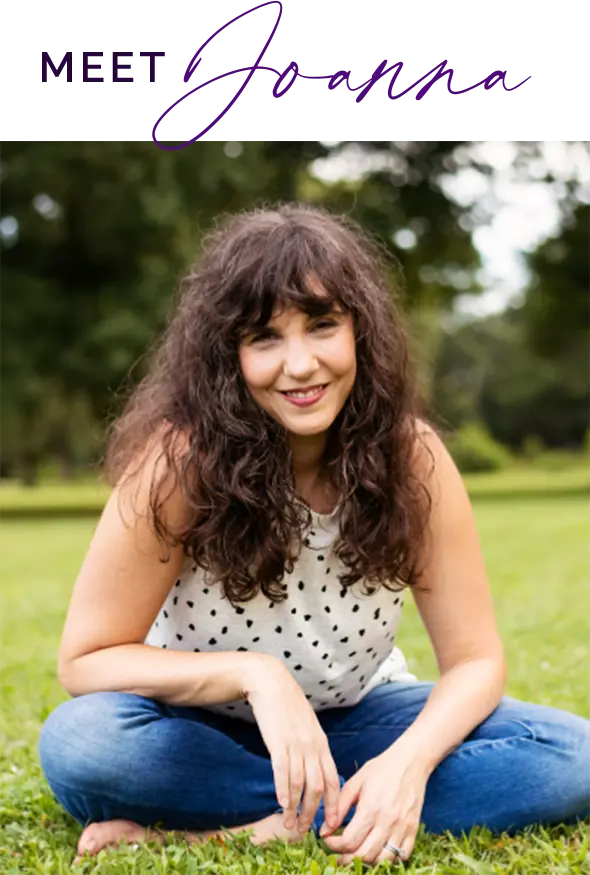26 April, 2019
5 teaching modes that will revolutionize your retreats
This very important article is almost like a glossary of 5 different Teaching Modes that are each vital components of a transformational retreat or workshop.
In my nearly 20 years of experience as a facilitator, and in over 50 retreats that I’ve led and 100s upon 100s of classes I’ve taught, I’ve learned that having a healthy balance of these 5 modes creates a learning environment that nurtures true growth and transformation for participants.
The balance of these 5 modes will look different at every retreat, depending on how many people are in the room, how much time you have available, and what your subject matter is. But no matter what, you want to be integrating each of these 5 modes into the experience you create.
Each mode activates a different learning pathway for your clients, and the combination of all 5 learning pathways being activated allows for a deep integration of the subject matter you teach.
Teaching Mode 1: Presentation Mode
Presentation Mode is when you, the facilitator, teach by presenting your material. You share your content, tell stories, give examples, teach methodology, sing a song, play an instrument, share a video, present concepts, etc.
Presentation Mode generally involves all focus on you as the facilitator at the front of the room or head of the circle. It’s the most passive of all the teaching modes for the student (but truly, not really passive at all!). It’s an opportunity for your participants to be fully receptive and open, and to take in your wisdom, knowledge and energy on a deep level.
Teaching Mode 2: Solo Work Mode
Solo Work Mode is when you assign work to your participants to do on their own (either in “session” or in between “session”).
For example, Solo Work could include journaling questions, drawing or writing prompts, visualizations that you lead your students through, planning, blueprinting, etc.
Solo Work is an opportunity for your participants to take what they’ve learned through your Presentation and integrate the content and revelations more deeply by turning inward, to their own knowledge, experience and feelings, to mine the gold that lies there.
Teaching Mode 3: Partner & Small Group Sharing & Processing Mode
Partner & Small Group Sharing Mode is when you split your participants into groups of 2 or more to either share their personal discoveries with each other or do small group exercises together.
For example, this could include general sharing and reflecting on content that has come up, brainstorming as a group, or doing body-centric exercises.
Partner & Small Groups are an opportunity to have intimate and extended time to process deeply, to be seen within the smaller group in discoveries and revelations, to be witnessed, to be given peer feedback, and to hold space for others (thus continuing to build the community container).
Teaching Mode 4: Full Group Sharing and Processing Mode
Full Group Sharing & Processing Mode is when you, the teacher or leader, facilitates a group discussion on your thought leadership content.
This teaching mode is an opportunity to bring the entire community together as one unified group, to give individual participants feedback on their revelations and ideas, to activate deeper processing by allowing participants to be seen in their shares by the entire community, and to leverage individual experiences for learning of the entire group.
When I facilitate full group shares, I allow enough time for individual coaching, healing and processing that may need to happen. Many facilitators fear that someone will answer a “share” question with a “resistance response” or a “feeling stuck” response. The fear on the facilitator’s part is that you’ve opened up a can of worms in front of the whole group.
When I encounter a group share where the participant is feeling stuck or resistant, instead of getting scared, I get excited! Why? Because as the facilitator, I know it’s an opportunity for me to not only support the individual to grow and transform, but to support EVERYONE in the room witnessing the process to grow, as well.
Teaching Mode 5: Full Group Ceremony and Experiential Mode
Full Group Ceremony & Experiential Mode is when you lead the entire group through an experiential exercise like a body-process, ritual, etc.
This teaching mode is an opportunity for the group to experience shifts and transformation as a community…but even more than that…for the community to support each other in the experience. So this is not, for example, a visualization that the entire community experiences at the same time. But rather, it’s an experience that involves the participation and engagement of the group with each other.
IMPORTANT: In addition to finding the correct balance of these 5 modes, you also want to make sure to find the right sequence of the modes. The order that you use them in can make all the difference in the level of learning and engagement that takes place in the room, and each curriculum will have its own balance and order of these 5 modes.
With love,
Joanna














